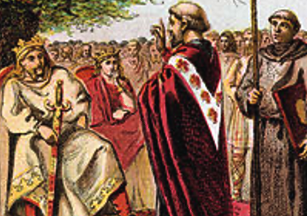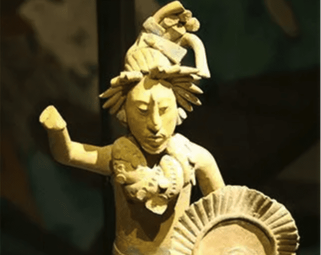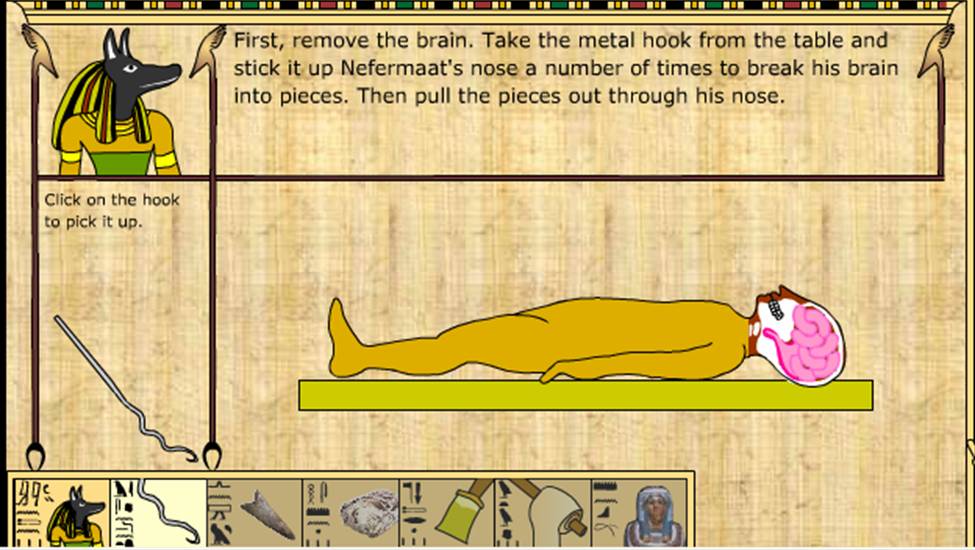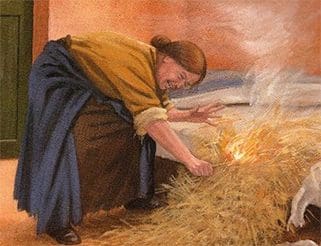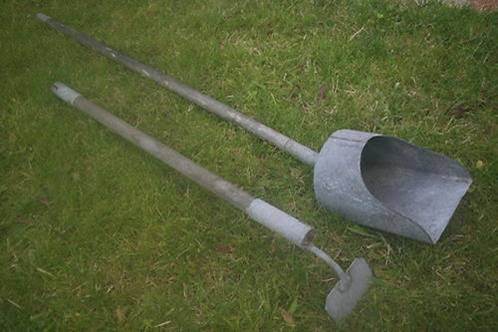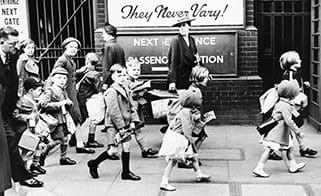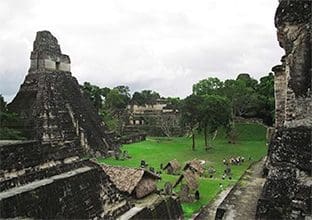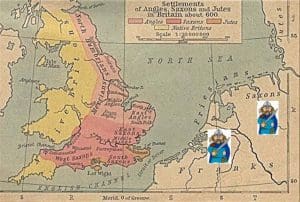
This ambitious but engaging lesson asks children to test some simple hypotheses about where the early Anglo-Saxons settled. They start with some very straightforward statements to make sure they know how to use a map key. To make this fun they have to make a different noise for true and false, using whatever instruments you want or silly vocal sounds. Then follow 8 new statements which are more challenging. The lesson finishes with pupils trying to make a statement about settlement of their own.
Testing a simple hypothesis about where the early Anglo-Saxons lived and how we know. (part b)
Learning objectives
- pupils can analyse patterns of settlement using a map showing 5th century cemeteries
- they can test simple hypotheses about Anglo-Saxon settlement
- they can produce an hypothesis of their own
Step 1
Pupils start with a mystery object, slide 2. I wonder what it is? It is 1500 years

